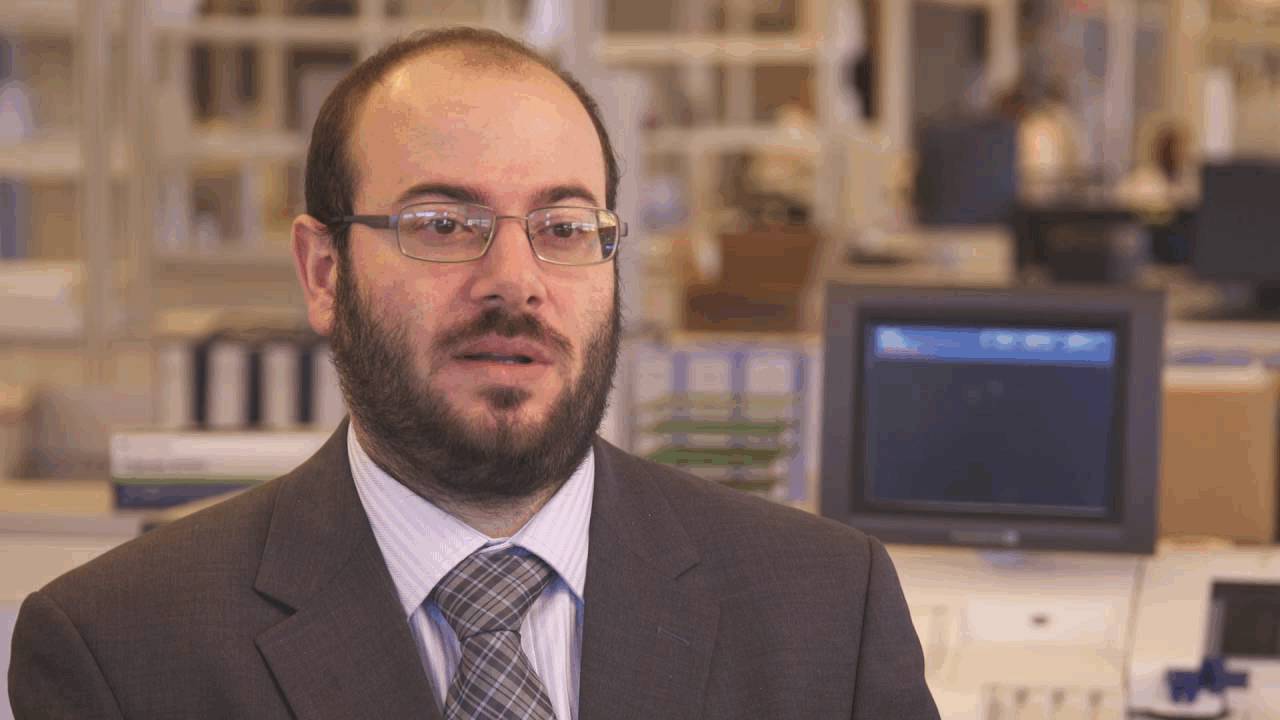Elastic, Yale, and the Quest to Cure Cancer
There are days when my job as an Elastic storyteller is extremely hard. With 55 million downloads of the Elastic Stack, the sheer volume of possible stories can make it nearly impossible to figure out where to start. Don't get me wrong, this is a good problem to have, but still one that keeps me up at night.
And yet, every once in awhile, a story comes along my desk email that screams, "YOU MUST DO EVERYTHING IN YOUR POWER TO TELL THIS!" Okay, maybe I'm exaggerating a little bit (stories don't actually talk), but read on and see how one email in the weeks leading up to Elastic{ON}15 set me off on a 14-month path of discovery, reflection, and production…
The date was December 4, 2014, and we had just launched the Call for Papers for our first ever Elastic{ON}. I didn't really know what to expect and then boom, an email hits my inbox from Dr. Wade Schulz of the Yale Department of Laboratory Medicine:
As a physician and software developer, I manage the informatics related to next generation sequencing of cancer at the Yale Department of Laboratory Medicine. We use Elasticsearch to power our research database that can be used by clinicians and researchers to identify novel causes of cancer, potential therapeutic targets, and determine if patients are eligible for clinical trials.
Hold up — did I just read that our software was being used to help to find causes and treatments for cancer?! This realization was and continues to be one of my proudest moments working for Elastic.
But how could this be happening, what role did the Elastic Stack play, and what are the results? (Now I couldn't sleep because I needed to know these answers.)
So we invited Wade to join us at Elastic{ON}15. His walkthrough of how the Elastic Stack (and specifically Elasticsearch and Kibana) was helping researchers pinpoint exact DNA variants that led to higher cancer risk or treatment possibilities was the perfect fit for the conference. The standing-room only crowd got a great mix of technical, biological, and medical knowledge and I walked away wanting more.
Luckily Elastic{ON} was only the beginning of a beautiful friendship with Wade. Over the next several months we stayed in touch hoping to see how their Elastic Stack use case evolved and what their final research produced. Then, in November 2015, Wade invited me and Elastic videographer Ben Ferrer — my partner-in-storytelling-crime — to Yale New Haven Hospital. Wade gave us front-row seats to see firsthand how the Elastic Stack is helping power the next generation technology they are using to help find a cure for cancer. We had the camera rolling for nearly four hours, our attention and curiosity entranced by their work.
As a science nerd, I spent the day geeking out about the machines we saw in action and the discoveries that I saw possible. But even more, as a human — and one who has lost a mother to cancer — I was humbled by the work being done and the hope that emanated from those halls. It's the kind of hope that our world needs right now: hope for treatments that give patients their lives back, that give parents more time with their kids, friends more time with their loved ones, and hope that once and for all, the power of human ingenuity will win, and cancer will most definitely lose.
This is not the end of the journey (nor my friendship with Wade). But for now, I hope you enjoy the story (so far) of how the Elastic Stack is powering the search for cancer's cure…












